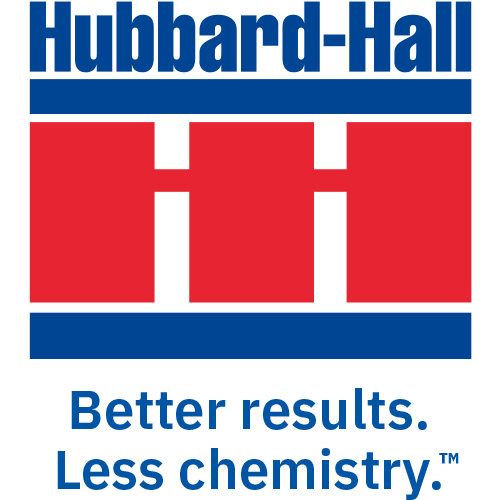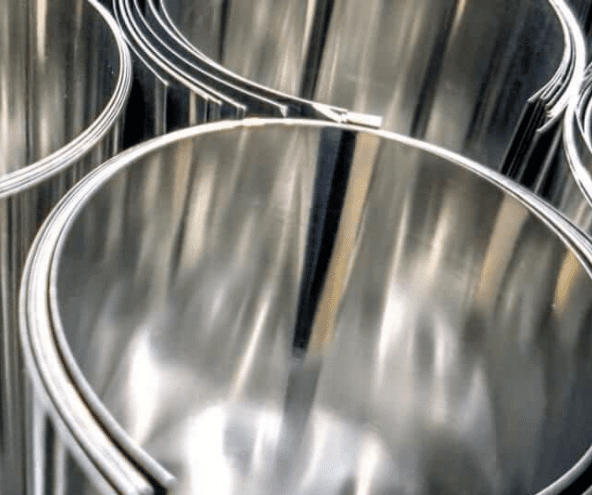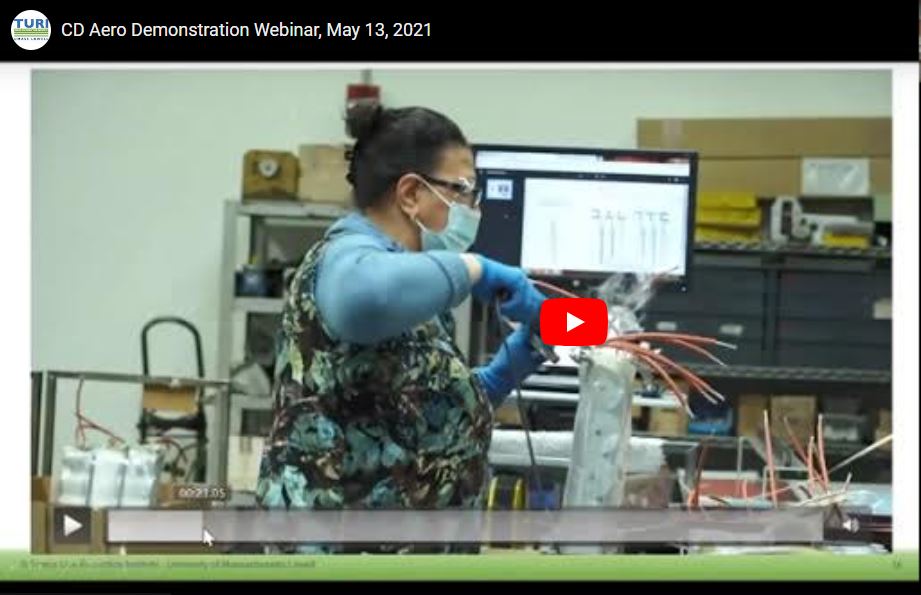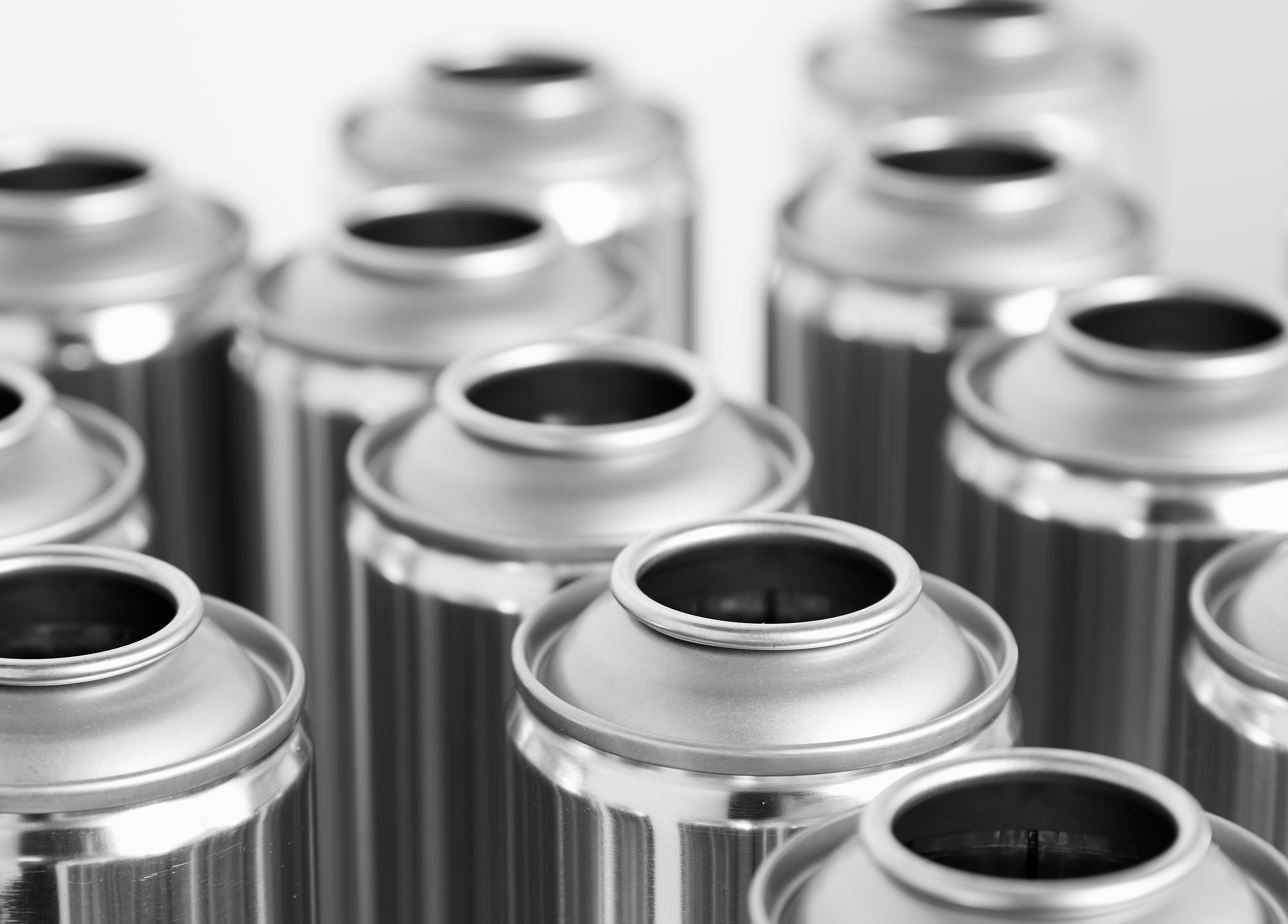Sustainability and regulatory concerns are driving companies to look for alternatives to traditional solvents like N-Propyl Bromide (NPB), Trichloroethylene (TCE), and perchloroethylene (PCE/ PERC) for metal parts cleaning and degreasing. Hubbard-Hall has been helping manufacturers tackle these issues with lower-impact solvents or aqueous cleaning chemistries.
Current Regulatory Status: October 2023
- Trichloroethylene: In October 2023, EPA proposed a risk management rule to address unreasonable risk posed by trichloroethylene (TCE) to human health, including the final revised risk determination for TCE
- Perchloroethylene: In June 2023, EPA proposed to ban most uses of PCE and establish a workplace chemical protection program (WCCP) for uses not prohibited to address the unreasonable risk to human health.
- nPB: also known as 1-bromopropane (1-BP), In December 2022, EPA released a final revised risk determination for 1-BP. The final revised risk determination finds that 1-BP, as a whole chemical, presents an unreasonable risk of injury to health under its conditions of use. Risk evaluation for 1-Bromopropane
- Methylene Chloride: In November 2022, EPA released a final revised risk determination for methylene chloride. The final revised risk determination finds that methylene chloride as a whole chemical substance presents an unreasonable risk of injury to health under its conditions of use.











